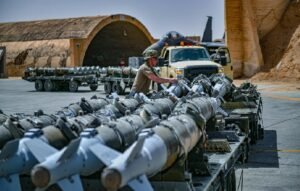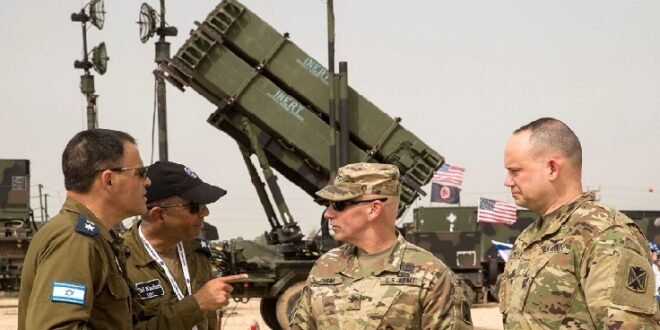24-10-2025
Bureau Report
NE DELHI: India’s Defence Acquisition Council (DAC) on Thursday approved new capital acquisition proposals worth 79,000 crore rupees (around $9 billion). The move is aimed at boosting the operational and combat capabilities of the Indian armed forces amid evolving regional security challenges.
 The decision, led by Defence Minister Rajnath Singh, represents one of India’s largest defence procurement initiatives in recent years. The DAC’s approval covers projects across the Army, Navy, and Air Force, reflecting the government’s ongoing efforts to modernize military equipment and enhance indigenous defence production.
The decision, led by Defence Minister Rajnath Singh, represents one of India’s largest defence procurement initiatives in recent years. The DAC’s approval covers projects across the Army, Navy, and Air Force, reflecting the government’s ongoing efforts to modernize military equipment and enhance indigenous defence production.
According to official statements, a significant portion of the purchases will be sourced from domestic manufacturers, aligning with Prime Minister Narendra Modi’s “Make in India” and “Atmanirbhar Bharat” (self-reliant India) campaigns. The focus remains on reducing dependence on foreign arms imports while promoting local defence technologies and production units.
The approved acquisitions include state-of-the-art surveillance systems, advanced artillery platforms, upgraded missile systems, and next-generation electronic warfare equipment. Defence analysts say these measures will help India strengthen its deterrence capability and improve coordination among its armed branches.
In recent years, India has accelerated its push toward defence self-sufficiency due to global supply chain disruptions and rising regional tensions. Experts believe the $9 billion investment will not only enhance national security but also stimulate the country’s growing defence industrial base.
Midway through the week, regional security issues also dominated headlines when at least 40 migrants tragically died after a boat sank off the Tunisian coast, highlighting the broader humanitarian and geopolitical challenges facing the region.
The DAC’s announcement comes as India seeks to maintain military parity with neighboring countries while preparing for potential high-tech warfare scenarios. Recent border tensions and increasing maritime competition have further accelerated the need for advanced surveillance and precision systems.
 Analysts say the move signals India’s determination to balance rapid modernization with economic growth. While global defence giants continue to bid for contracts, India’s focus on local manufacturing could reshape its long-term strategic landscape.
Analysts say the move signals India’s determination to balance rapid modernization with economic growth. While global defence giants continue to bid for contracts, India’s focus on local manufacturing could reshape its long-term strategic landscape.
With this latest approval, India has reinforced its position as one of the world’s fastest-growing defence spenders. Officials believe the investments will not only strengthen the armed forces but also drive technological innovation and job creation within the domestic defence sector.
Indian refiners are poised to sharply curtail imports of Russian oil to comply with new US sanctions on two top Russian producers, industry sources said on Thursday, potentially removing a major hurdle to a trade deal with the United States.
The change comes as India faces punishing 50% tariffs on its exports to the US with half of those duties in retaliation for Russian oil purchases and negotiates a potenIndia has emerged as the biggest buyer of discounted seaborne Russian crude in the aftermath of Moscow’s 2022 full-scale invasion of Ukraine, importing about 1.7 million barrels per day in the first nine months of this year.
The U.S. sanctions target Lukoil, opens new tab and Rosneft, opens new tab, Russia’s two biggest oil producers.
Privately-owned Reliance Industries, opens new tab, the top Indian buyer of Russian crude, plans to reduce or cease imports of Russian oil, including halting purchases under its large long-term deal with Rosneft, people familiar with the matter said.
 Pressmediaofindia
Pressmediaofindia




